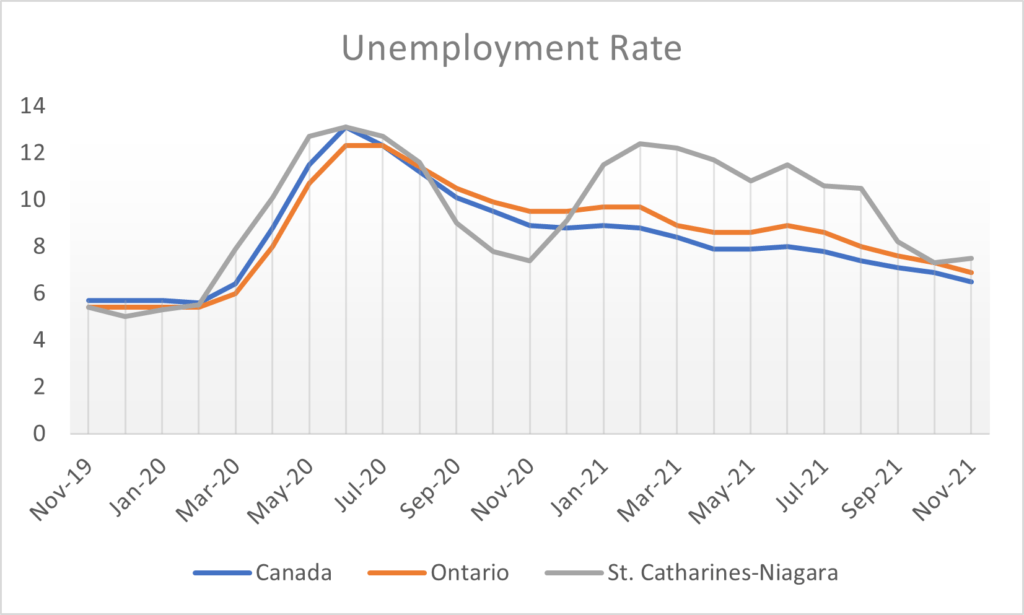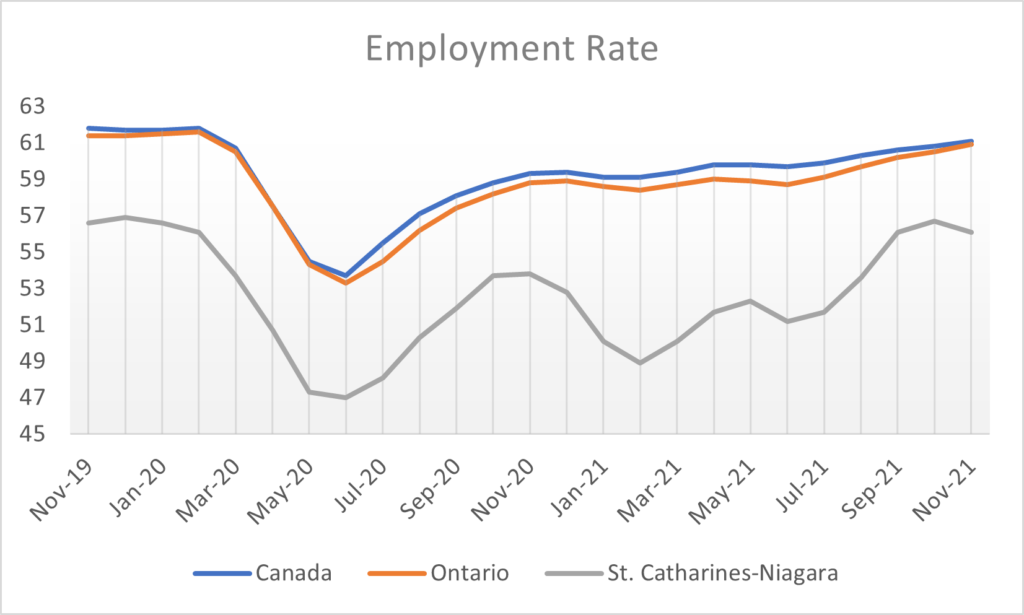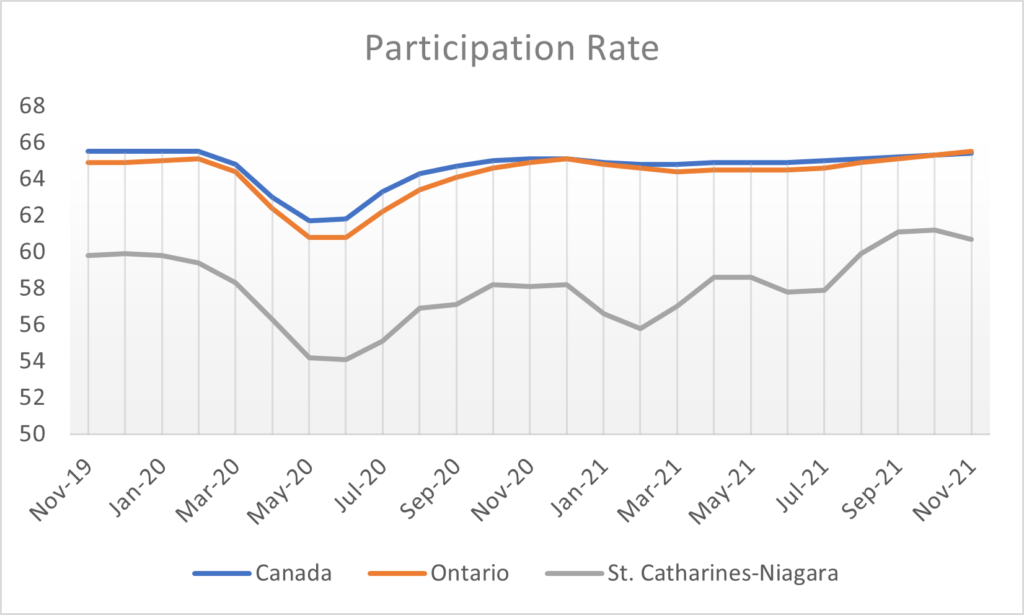
Federal government’s fall economic statement (FES)
Today, the Honourable Chrystia Freeland, Deputy Prime Minister and Minister of Finance, released the Economic and Fiscal Update 2021 that sets aside almost $30-billion over six years for additional pandemic spending, including $4.5-billion specifically to respond to the Omicron variant.
The update also states that the $40-billion announced this week to compensate First Nations children and to reform Canada’s child-welfare system will be spread over seven years, with the government booking almost a quarter of that amount in the fiscal year that ended more than eight months ago.
The new measures and investments include:
- $1.7 billion to increase access to rapid testing supplies across Canada.
- $2 billion to procure lifesaving COVID-19 therapeutics and treatments.
- $100 million through the Safe Return to Class Fund and $10 million for First Nations on-reserve schools to improve ventilation in schools and protect students, teachers, school staff, and parents from outbreaks.
- The government also proposes to expand the Eligible Educator School Supply Tax Credit so teachers can claim a refundable tax credit worth 25 per cent (up from 15 per cent) of up to $1,000.
- $70 million to support ventilation projects in public and community buildings like hospitals, libraries, and community centres.
- The proposed new Small Businesses Air Quality Improvement Tax Credit of 25 per cent of the cost of upgrading ventilation systems and air filtration, up to $10,000 per location and $50,000 in total.
- $60 million to support workers in Canada’s live performance industry through the new temporary Canada Performing Arts Workers Resilience Fund.
- One-time payments to alleviate financial hardship of Guaranteed Income Supplement (GIS) and Allowance recipients who received the Canada Emergency Response Benefit (CERB) or the Canada Recovery Benefit (CRB) in 2020.
- Provide debt relief to students who need to repay the Canada Emergency Response Benefits they were not eligible for by proposing to offset it with the amount they would have been eligible for under the Canada Emergency Student Benefit.
- $50 million to help relieve supply chain congestion in Canada by launching a call for proposals under the National Trade Corridors Fund to assist Canadian ports with the acquisition of cargo storage capacity and other measures to alleviate congestion.
- $85 million to reduce backlogs in Canada’s immigration system, speed up the process of citizenship, reunite families, and welcome people who can help address Canada’s labour shortages.
According to the fiscal update, the government ended the last fiscal year, which ended in March, with a $327 billion deficit, down from the $354 billion it was projecting. It also is forecasting to end the current fiscal year $144.5 billion in the red, down from the $154.7 billion projected last year.
Click here for complete details.
Ontario implements new measures to protect long-term care and retirement homes
Effective immediately, all general visitors to a long-term care home will need to be fully vaccinated to enter. In addition, the ministry will be directing all long-term care homes to increase infection prevention and control (IPAC) audits.
Here are some of the measures at long-term care homes that will also go into effect at 12:01 a.m. on Friday, December 17, 2021:
- Testing of all staff, students, volunteers, and caregivers, regardless of vaccination status, at least twice a week prior to entry into the home as part of enhanced active screening practices.
- Requiring a negative test upon entry to a long-term care home for all visitors and support workers who provide essential services to a resident or to the facility unless they had a negative test the day before.
- Requiring caregivers to be fully vaccinated unless they have a valid medical exemption or are attending to a resident in a palliative end-of-life situation. Caregivers will be required to have a first dose by December 20, 2021 and all required doses to be considered fully vaccinated by February 21, 2022. In the interim, designated caregivers who are not fully vaccinated would need to restrict their visit to the resident’s room.
- Limiting indoor visits to a maximum of two people per resident at a time and outdoor visits, where feasible, to a maximum total of four people per resident at a time.
To further protect retirement home residents and staff from the spread of COVID-19 and the Omicron variant, Ontario is also enhancing its COVID-19 policies in retirement homes effective December 22, 2021 to keep residents safe, including:
- Requiring rapid antigen testing for staff, volunteers, contractors and essential caregivers, regardless of vaccination status, two times per week prior to entry into the home as part of enhanced active screening practices.
- Requiring rapid antigen testing for general visitors and support workers entering a retirement home, regardless of vaccination status.
- Strongly encouraging retirement homes to restrict general visitors to only those who are fully vaccinated and implementing additional requirements for essential visitors and general visitors who are not fully vaccinated when entering a retirement home.
- Limiting the number of visitors and group sizes for social activities and events.
Click here for complete details.
Province invests in promoting locally grown food
The Ontario government is investing $1 million annually to promote locally grown food and support the economic growth and success of the province’s agri-food sector. Up to $100,000 is available for marketing projects that encourages Ontarians to buy fresh, locally grown and made agri-food products.
Click here for more information.
Grimsby and Port Colborne Councils support moving forward with regional transit system
The new Niagara regional transit model has received support from two more municipalities.
Grimsby and Port Colborne both approved the proposal to create a single integrated transit commission for the region. Fort Erie, St. Catharines and Niagara Falls previously gave it the go ahead. For more information, read here.
St. Catharines City Councillor Mat Siscoe appointed to fill a vacancy at Niagara Regional Council
Mat Siscoe, a St. Patrick’s ward councillor, is being recommended to Regional Council, filling a vacancy left by the late Sandie Bellows.
Council turned town a staff recommendation to fill the seat by appointing the 8th place finisher Mike Britton. With Siscoe’s appointment, a St. Catharines council seat will be left vacant in St. Patrick’s ward. Council will ask 3rd place finished, Robin McPherson, if she would fill the seat for the remainder of the term. For more information, read here.
Reading Recommendations
Health Canada
Today, the Honourable Jean-Yves Duclos, Minister of Health, announces the release of the Sixth Report on Human Biomonitoring of Environmental Chemicals in Canada featuring recent results from the Canadian Health Measures Survey (CHMS) cycle 6 (2018–2019). The most recent results, paired with results from previous cycles of the CHMS, allow us to report on trends in chemical exposure over time.
Also released today are a series of new Biomonitoring Fact Sheets that highlight key trends in chemical concentrations in the Canadian population and comparisons with certain vulnerable subpopulations.
Key findings demonstrate that lead levels in the blood of Canadians have dropped by more than 80% since the 1970s. Similarly, between 2007 and 2019, the biomonitoring data from the CHMS have shown a 77% decline in the concentration of the plasticizer DEHP, and a 43% decline in the consumer product chemical bisphenol A. These results show the effectiveness of actions taken to reduce the exposure of Canadians to these substances.
Commentary on the 2020–2021 Financial Audits
Office of the Auditor General of Canada
Today, the Office of the Auditor General of Canada (OAG) released the Commentary on the 2020–2021 Financial Audits. This report highlights the results of the financial audits conducted in federal organizations for fiscal years ended between July 2020 and April 2021.
New this year is a reporting on the financial effects of the COVID‑19 pandemic. Results clearly indicate that COVID‑19 measures will have lasting effects on the government’s financial statements in the years to come. The government has spent or advanced approximately $300 billion under these measures, amounting to a 69% expense increase in government programs over the prior fiscal year. The government so far indicated that $3.7 billion of benefits have been overpaid and that additional amounts could be identified in future years as further verification takes place.
The OAG was satisfied with the timeliness and credibility of financial statements prepared by 68 of the 69 federal organizations audited. Because of National Defence’s earlier challenges in providing some of the documentation, the OAG could not issue timely audit opinions on the financial statements for the Reserve Force Pension Plan.
Four benefits of expanding your international workforce
Forbes, Serenity Gibbons
Maybe you’ve dabbled with hiring one or two people from overseas during your time as an entrepreneur or CEO. But have you ever considered expanding your workforce to include international employees? It’s a move becoming more commonplace among companies of all sizes — not for cost savings on cheaper labor, but to access the world’s best talent for open positions.
Niagara COVID-19 statistics tracker
Niagara COVID vaccination tracker
Free rapid COVID-19 testing kits are now available to businesses. Visit gncc.ca/workplace-self-screening-kits to learn more and reserve kits for your organization.
Information on government grants, resources, and programs, policies, forms, and posters for download and use, are available here. The GNCC is here to support you. Contact us with any questions you have.
Through the Daily Updates, the GNCC aims to deliver important business news in a timely manner. We disseminate all news and information we feel will be important to businesses. Inclusion in the Daily Update is not an endorsement by the GNCC.





